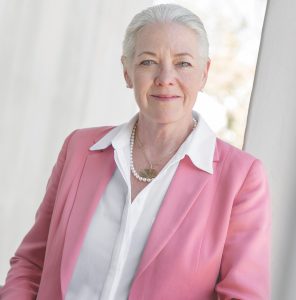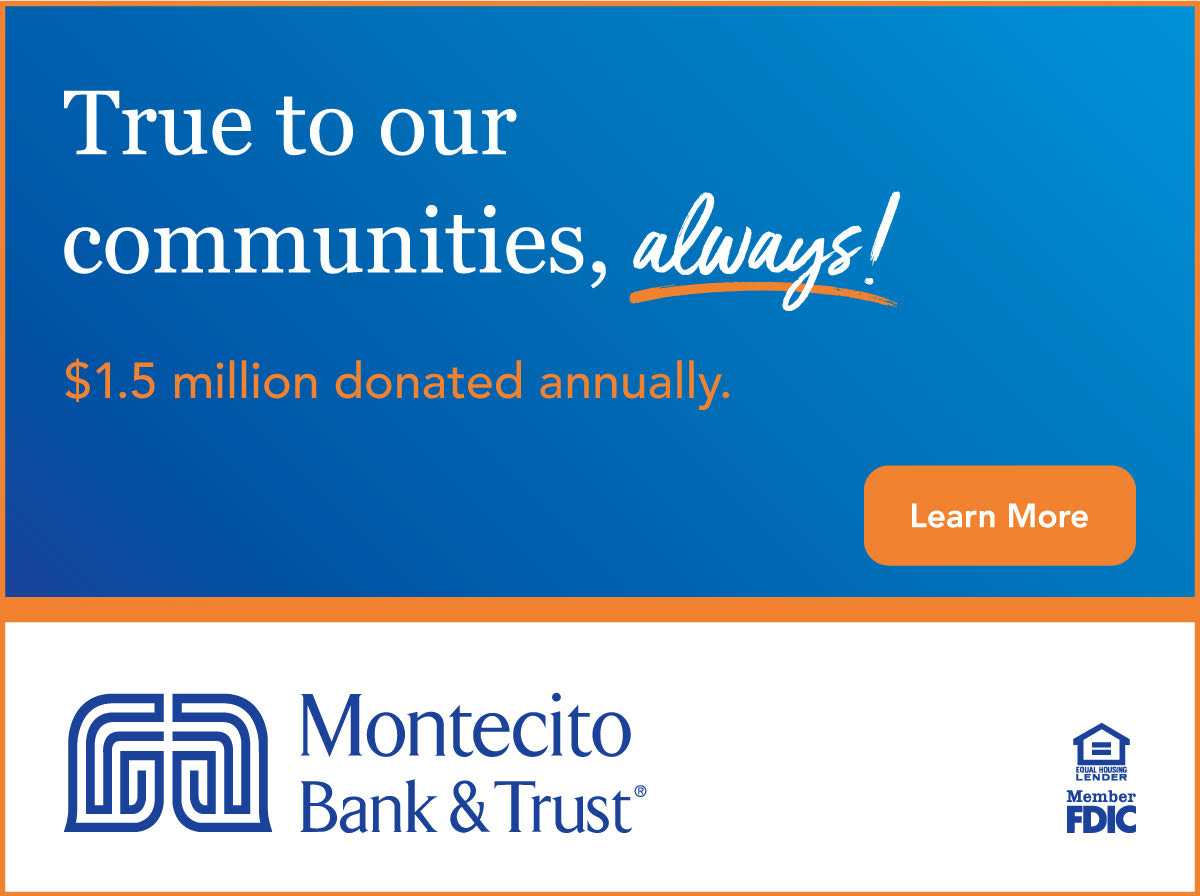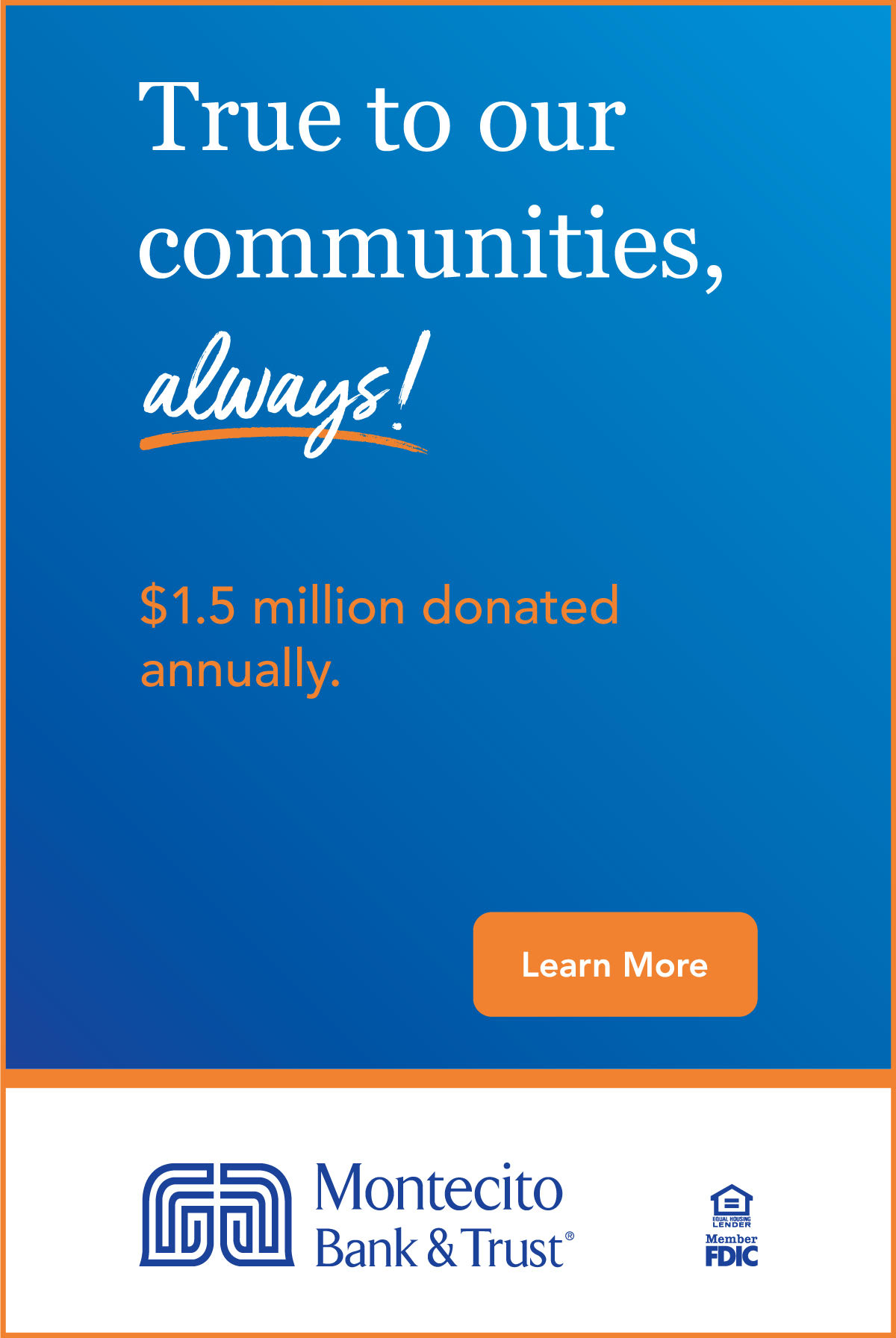NOW LIVE: Watch newly hatched California condor chick live on ‘Condor Cam’
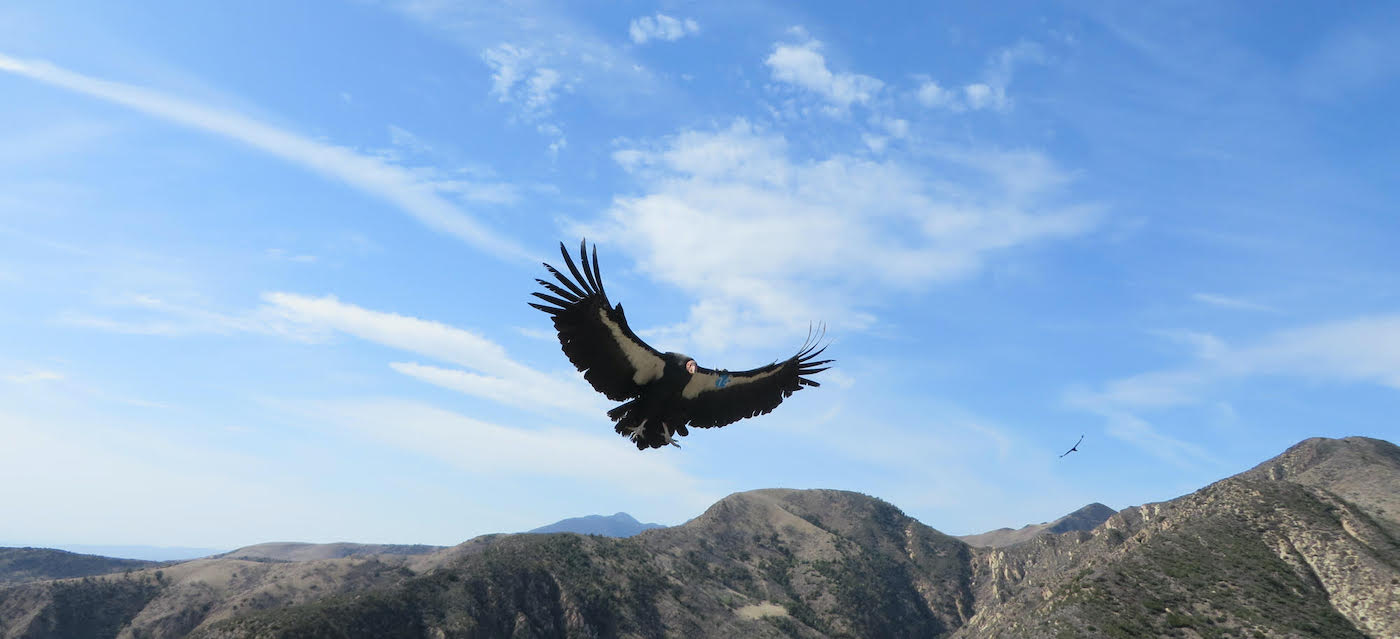
For the sixth year, people from around the globe can get up-close-and-personal with an endangered California condor chick in real-time through live streaming video of a cliff-side nest in a canyon near the U.S. Fish and Wildlife Service’s Hopper Mountain National Wildlife Refuge in Ventura County, California.
California condor chick #1075 hatched on April 10, 2021. Its parents are ten-year-old female condor #594 and 15-year-old male condor #374. This is the pair’s first nesting attempt together and they are using a nest cavity used in 2018 by #374 and his former mate. Female condor #594 previously paired with male condor #462 in 2018 and 2020, successfully fledging one chick each year. This year marks male condor #374’s sixth nesting attempt at raising a chick; he has successfully fledged four chicks in previous years.
Followers of the California Condor Cam watched a chick hatch live in the wild for the first time in history from another cliff-side nest on Hopper Mountain NWR in 2016. Each year livestreaming video of California condor chicks gains worldwide attention – attracting hundreds of thousands of viewers from all over the world.
“The condor cams do an incredible job of lowering the barriers to experiencing the beauty and challenges of being a condor. Each of the adults has an incredible backstory that can stretch decades, and for viewers to witness the next generation of condors while watching from anywhere in the world is a testament to the continuing power of this successful conservation story,” said Charles Eldermire, Cornell Lab Bird Cams project leader. “That’s not just good for viewers—it’s good for the condors, too.”
The 2020 nesting season resulted in just one successfully fledged chick, condor #1048, from parents #594 and #462, though the future is looking bright for 2021 with 11 active nests in the Southern California flock.
“We are thankful for our many partners in this effort and optimistic about the future of the California Condor Recovery Program, despite last year’s disappointing nesting season. We’re excited to see a bounce back from last year,” said Arianna Punzalan, supervisory wildlife biologist with the Service’s California Condor Recovery Program.
The number of California condors dropped dramatically in the mid-20th century, leading the Service to designate the species as endangered under the Endangered Species Act. By 1982 there were only 22 of the iconic birds left in the wild. Today, due to intensive, ongoing captive breeding and recovery efforts led by the Service in conjunction with multiple public and private partners, the California condor population has grown to just over 500 birds worldwide, with more than half of the population flying free.
“The condor program is a clear example of the strength of public-private partnerships in achieving conservation objectives,” said Dr. Estelle Sandhaus, the Santa Barbara Zoo’s Director of Conservation and Science. “We’re so excited to be streaming again in 2021 with a new condor pair. What will the future hold for 594 and 374? Only time will tell, and through the support of our Condor Cam partners, we will learn together with viewers all around the world!”
In California, wild condors nest, roost or fly in the mountains of Monterey, San Benito, San Luis Obispo, Santa Barbara, Ventura, Los Angeles, Kern, Tulare and Fresno counties, and the Sierra Nevada Mountains. The wild population continues to grow, and will someday include condors from a newly designated release site in the Pacific Northwest.
The number one killer of California condors is still lead poisoning, caused by condors feeding on carcasses containing lead bullet fragments. Peer-reviewed research shows that lead poisoning is a serious health problem for both wildlife and humans, and the Service is working with partner organizations and the hunting community as it transitions to the use of non-lead ammunition alternatives. Hunters continue their proud tradition of wildlife conservation by using these non-lead alternatives.
Another threat specific to condor chicks is “micro trash.” Micro trash refers to small coin-sized trash items such as, nuts, bolts, washers, copper wire, plastic, bottle caps, glass, and spent ammunition cartridges. Condor parents collect these items and feed them to their chick, which can cause serious problems with the chick’s development. While it is not completely understood why this occurs, many biologists believe that the condor parents mistake these items for pieces of bone and shell which provides a source of calcium if fed to the chick.
Conservation efforts toward the recovery of the California condor are achieved only through partnerships amongst federal and state agencies, together with private landowners and organizations. The Huttons Bowl Condor Cam is made possible through access provided by private landowners, and through the financial and technical support of the U.S. Fish and Wildlife Service, Santa Barbara Zoo, Cornell Lab of Ornithology, the Western Foundation of Vertebrate Zoology, Disney Worldwide Conservation Fund, and Friends of California Condors Wild and Free.
***
To watch the Condor Cam, visit: www.allaboutbirds.org/condors
For answers to frequently asked questions about the nest cam, the parents and the chick, visit: https://www.fws.gov/cno/es/CalCondor/CondorCam.html
The U.S. Fish and Wildlife Service works with others to conserve, protect, and enhance fish, wildlife, plants, and their habitats for the continuing benefit of the American people. For more information about our work and the people who make it happen, visit http://www.fws.gov/cno or connect with us via Facebook, Twitter, YouTube, and Flickr.
The Cornell Lab of Ornithology is a membership institution dedicated to interpreting and conserving the earth’s biological diversity through research, education, and citizen science focused on birds. Visit the Cornell Lab’s website at birds.cornell.edu
The Santa Barbara Zoo is located on 30 acres of botanic gardens and is home to more than 500 individual animals in open, naturalistic habitats. It is accredited by the Association of Zoos & Aquariums (AZA), representing the highest level of animal care, and participates in AZA cooperative programs for endangered species including Masai giraffe, California condor, radiated tortoise, island fox, and Western lowland gorilla, among others. Visit www.sbzoo.org
The Western Foundation of Vertebrate Zoology (WFVZ) is both a natural history collection specializing in eggs and nests of birds from all over the world, and a research and education institution dedicated to studying and teaching about the conservation of the world’s bird species. The WFVZ has contributed information to thousands of research projects since its inception in 1956. Visit us at www.wfvz.org, and on Facebook and Instagram.
Santa Barbara Zoo
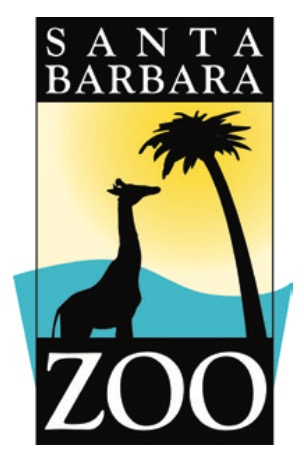
www.sbzoo.org
Phone: (805) 679-8450
Vice President of Advancement & Marketing: Elaine K. Mah Best
Mission
The Santa Barbara Zoo is dedicated to the preservation, conservation, and enhancement of the natural world and its living treasures through education, research, and recreation.
Begin to Build a Relationship
We know you care about where your money goes and how it is used. Connect with this organization’s leadership in order to begin to build this important relationship. Your email will be sent directly to this organization’s Director of Development and/or Executive Director.
A Lifelong Connection to the Zoo
“We’ve been fans of the Santa Barbara Zoo since it opened and have been lifelong members. We raised our kids at the Zoo with help from Zoo Camp and all the wonderful events that they and eventually our grandchildren enjoyed so much. The Zoo is beautiful and staffed by the most kind and courteous people. We’ve been able to see so many animals up close and personal; among our favorites are the Humboldt penguins and the island foxes. As proud sponsors of the Zoo’s upcoming Australian Walkabout, we are excited for the exhibit to entertain generations of visitors to come.”
Be a Part of the Zoo’s Mission
In the summer of 2021, the Santa Barbara Zoo will open its brand new “up close and down under” exhibit experience. The Australian Walkabout will allow guests to get up close and personal with some of the Land Down Under’s most iconic animals.
The cost of the entire project is $3 million. The Australian Walkabout replaces the elephants’ old enclosure and yard. Given the enormous cost of taking care of elephants, Zoo President/CEO Rich Block anticipates that the Zoo will be able to absorb the care and feeding costs of the new residents.
All donors who give $1,000 or more will be featured on the official Australian Walkabout donor board at the Zoo.
Board of Directors
George Leis, Chair
Amy Pryor, Vice Chair
Joanne Funari, Treasurer
Robyn Parker, Secretary
Erika D. Beck, PhD
Vincent Caballero
Elizabeth Challen, DVM
Daniel Cohen
Eileen Dill
Ginni Dreier
Yvette Birch Giller
David Graff, Esq.
Michael Hurst
Stuart Jenkins
Kelly Jensen
Brian Kerstiens
Brian Kopeikin, MD
Elizabeth MacPhee
Jesse Perez
Derek Shue
Clark Stirling, Esq.
Crystal Wyatt
Honorary Directors
William A. Brace
Arthur A. Henzell
Peter Jordano
Robert Kallman
Arthur R. Locker
Barbara Merritt,Deceased
Edward R. McToldridge, Director Emeritus
